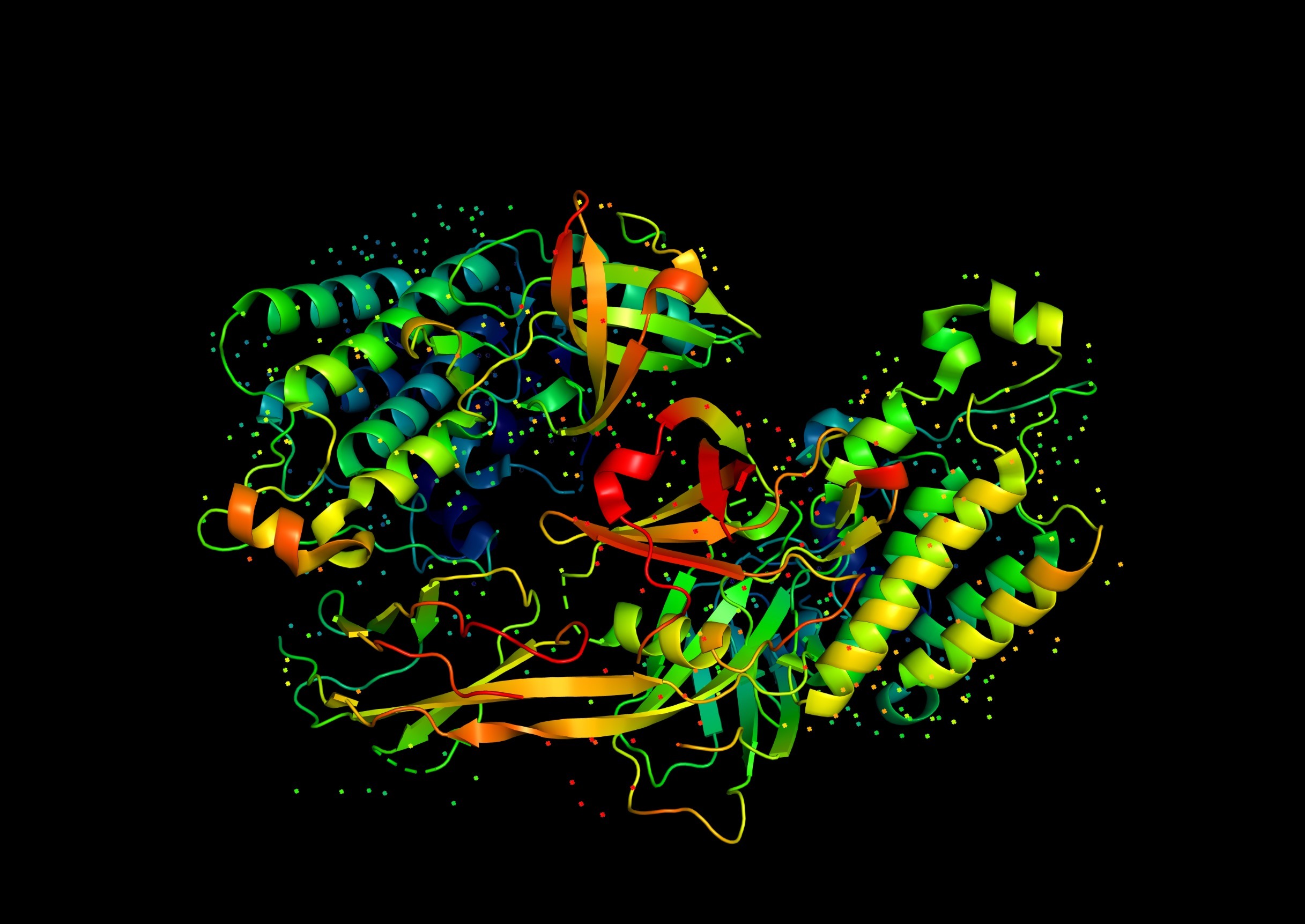The unfolded protein response (UPR) is a cellular stress response mechanism that is activated when the endoplasmic reticulum (ER) in a cell is overwhelmed by an accumulation of unfolded or misfolded proteins. The ER is responsible for protein synthesis, folding, and modification, and disturbances in these processes can lead to the accumulation of improperly folded proteins within the ER lumen.
When the UPR is triggered, it aims to restore ER homeostasis and promote cell survival by reducing the burden of unfolded proteins. The UPR is mediated by a signaling pathway that involves three primary sensors located on the ER membrane: inositol-requiring enzyme 1 (IRE1), protein kinase RNA-like ER kinase (PERK), and activating transcription factor 6 (ATF6). These sensors detect the presence of unfolded proteins and initiate a series of downstream signaling events.
Upon activation, IRE1 splices an intron from the X-box binding protein 1 (XBP1) mRNA, resulting in the production of a spliced XBP1 protein that acts as a transcription factor. This spliced XBP1 protein induces the expression of genes involved in ER-associated protein degradation (ERAD) and protein folding, promoting the clearance of misfolded proteins and enhancing the folding capacity of the ER.
PERK, when activated, phosphorylates the alpha subunit of eukaryotic translation initiation factor 2 (eIF2α), which leads to a global reduction in protein synthesis. This attenuation of protein synthesis helps alleviate the load on the ER and prevents further accumulation of unfolded proteins.
ATF6 is translocated to the Golgi apparatus upon ER stress and undergoes proteolytic cleavage. The cleaved ATF6 fragment is then translocated to the nucleus, where it acts as a transcription factor to upregulate genes involved in ER protein folding, ERAD, and lipid metabolism.
Together, these three branches of the UPR coordinate a cellular response to ER stress, aiming to restore protein-folding homeostasis, resolve the accumulation of misfolded proteins, and promote cell survival. However, if the stress is prolonged or overwhelming, the UPR can trigger apoptosis, a programmed cell death pathway, to eliminate severely damaged cells that cannot recover from ER stress.


Leave a Reply